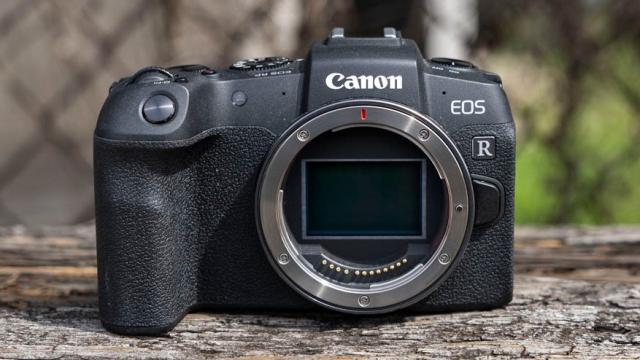According to Nikkei Asia, Canon is poised to shake up the digital imaging industry next year with a new sensor capable of capturing full-colour images at “one-tenth the brightness conventional sensors need.” This could revolutionise autonomous driving and even security systems.
Photography in low-light situations, including near darkness, isn’t impossible, but it requires special techniques that each come with their own compromises. The easiest solution is to mount a camera to a sturdy support like a tripod and use a long shutter, but that’s an impractical solution for applications where video footage needs to be captured, or when a stream of images needs to be analysed in real time. Boosting the sensitivity of a camera’s sensor is also an option (referred to as its ISO), allowing images to be captured in the dark with a fast shutter, but that technique introduces lots of noise in the final results which can often obscure fine details.
The most common solution to low-light photography is to rely on night vision technology which captures infrared light instead of the light that falls in the visible spectrum. It results in high-contrast imagery where it’s easy to discern objects and finer details. But there’s no colour information, and that’s what Canon is trying to remedy with its new sensors.
The new sensor Canon plans to mass produce is based on technology the company improved back in 2020 that allows it to capture 1-megapixel images using a Single Photon Avalanche Diode (or SPAD for short). Traditional sensors produce images based on the number of photons each pixel detects over a period of time — the more light and photons available, the better the results will be. But a SPAD sensor uses an electronic element in every pixel that can multiply and generate an electrical pulse when just a single photon hits it (the effect multiplies like an avalanche, hence the name), giving it much greater sensitivity in near total darkness.
It’s an approach to sensors that’s been around for decades, but Canon’s latest breakthrough, according to Nikkei Asia, is that the company has created a SPAD sensor with 3.2 million pixels, which would make it the world’s densest, and it would finally be useful for producing high-quality colour images even in the dark. But that’s not a SPAD sensor’s only neat trick. It’s also able to determine the distance to a given object based on the time it takes for light to travel to it, reflect, and then return. That data can be processed to calculate space in three dimensions and generate models of what exists around a device with the sensor installed. As a result, while Canon’s new sensor will reportedly initially be used in the company’s security and surveillance camera offerings, it will also have useful applications when it comes to autonomous driving and navigation systems as the demand for self-driving vehicles increases in the coming years.
